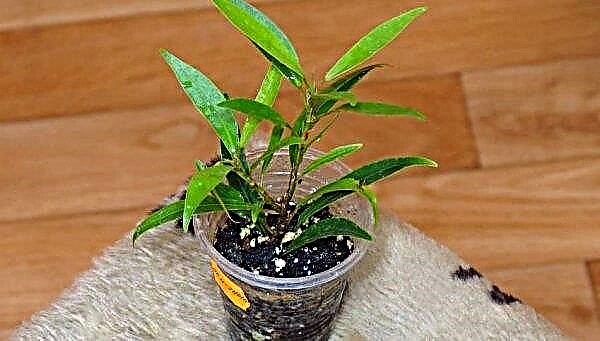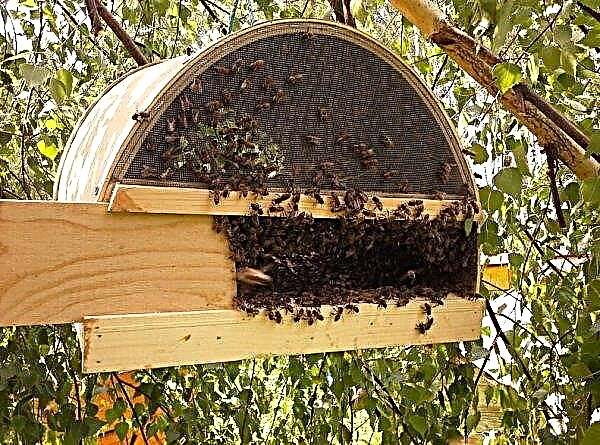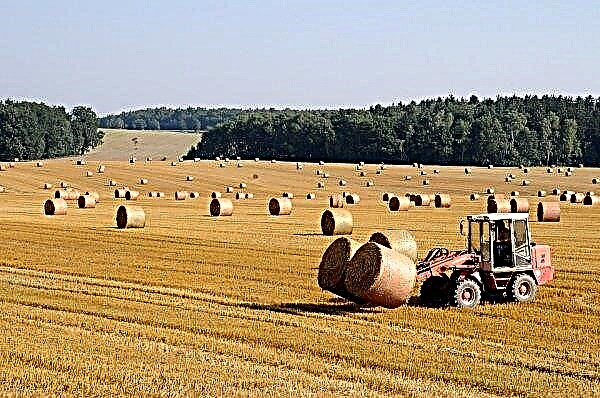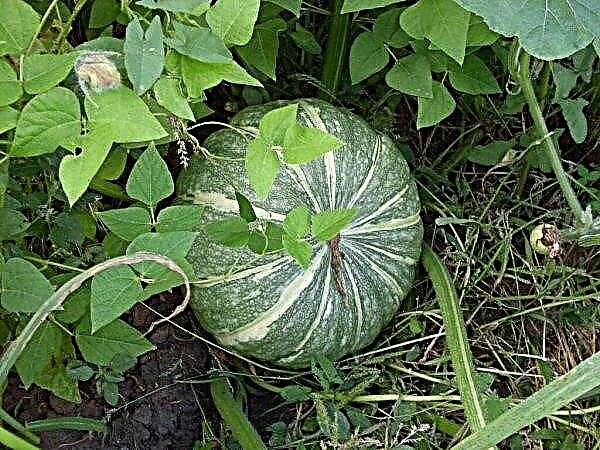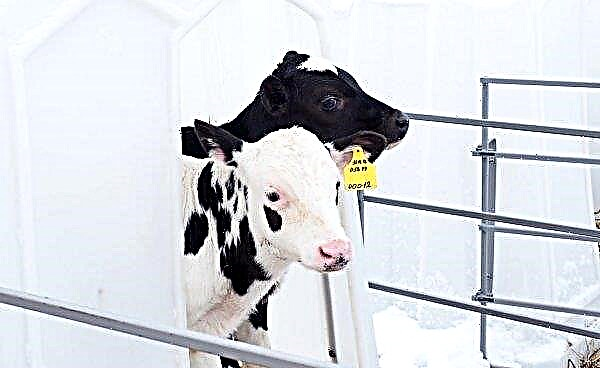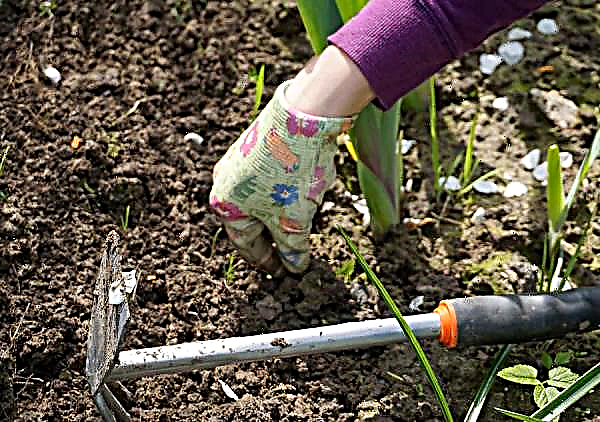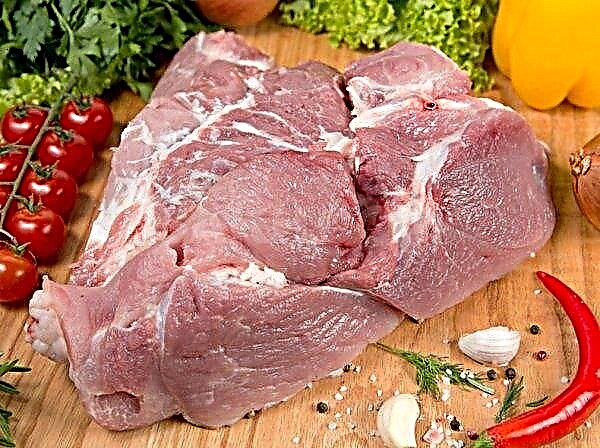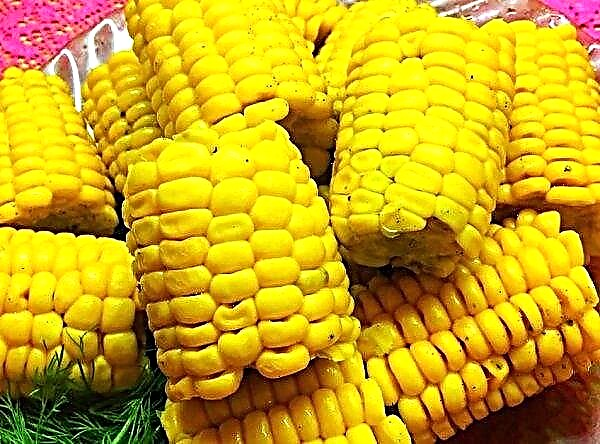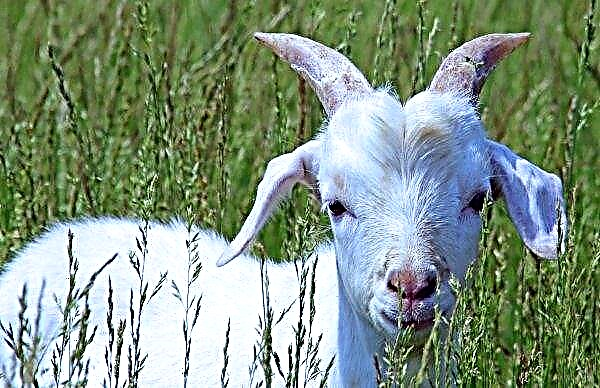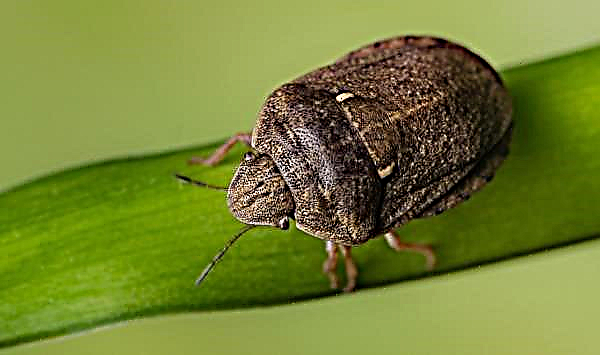Junipers are one of the most popular evergreens both in private gardens and urban landscaping. Unpretentiousness and year-round decorativeness made this plant a welcome guest of any site. For a successful cultivation of the culture, the gardener needs to know about the symptoms of the most common diseases and the signs of pest attack, as well as apply basic preventive measures.
Juniper diseases and their treatment
In spring, you can often see plants with "burnt" needles, especially on high rock varieties. This is how a sunburn manifests itself, which is caused by a lack of moisture in early spring. A sleeping root system does not supply moisture to the needles already awakened under the sun's rays, as a result of which physiological wilting develops.

To prevent such a development of events, plants should provide:
- plentiful water-loading irrigation;
- shading of the crown at the end of winter with any covering material (agrofibre, burlap, etc.).
Diseases caused by foreign pathogens (mainly fungi) may require a lot of attention.
Did you know? The Slavic names of juniper are associated with the roots “weave”, “knit” and “barren”, and Latin (according to one version) from the Celtic word meaning “prickly”.
Juniper Fusarium
This fungal disease is also called tracheomycotic wilt. It receives the greatest distribution in years with excessive humidity and in areas with stagnant water. The root system of the juniper suffers first. On the brown parts, spores of a gray hue are formed. Further, the mycelium penetrates the trunk and branches, obstructing the movement of nutrients and causing the death of the plant. The process of ground drying goes from the top, and the first sign is the redness of the needles.

After complete excision of the affected shoots with fungicides, not only the plant itself is treated, but also the trunk circle, in which the source of fusarium may remain for a long time. If the plant is removed, it is advisable to completely replace the soil in its place.
Prevention is carried out, starting with the purchase of a seedling (if it was purchased from an unknown manufacturer), spilling a container with juniper “Fitosporin” or “Quadrice”.
Important! It is recommended to soak the roots of the seedling before planting in the preparation "Maxim" for 2–3 hours.
Drying out shoots
The reason for the drying of the shoots can be various types of mushrooms, whose fruiting bodies of dark shades will be visible between the scales on the branches with crumbling needles. Affected shoots are cut out and expose the entire plant to fungicide treatment. To protect against the development of fungi, spring (in April) and autumn (end of October) treatments are performed with Skor, Tilt or Ridomil Gold MC, Abiga-Peak, HOM or 1% Bordeaux fluid.

Juniper Alternaria
A black plaque that resembles velvet signals infection of the juniper with the causative agent of alternariosis. Thickened plantings are favorable for the development of the disease. Cut out affected parts of the plant are destroyed, since the pathogen remains in them for a considerable time. The preventive measures are identical to those listed above.

Juniper Shute
A characteristic sign of the disease is a change in color of last year's shoots, which become brown-brown in early summer. Then, by the end of summer, black fruiting bodies of pathogens develop on them. The infected needles die off and crumble. More often than others, plants planted in a moist, shaded place are sick.
If a problem is detected, sanitary pruning is performed. Prevention measures will be double treatment with the drug “Quadris” (in April and October), which is then alternated with “Ridomil Gold MC”, “Skor”, etc.

Juniper rust
Most often, Cossack and Virgin junipers suffer from the disease.. The source of rust is special mushrooms, which are manifested by growths of orange color on the branches of the plant. Infected junipers are threatened not only with a loss of decorativeness, but also with complete drying out. The development cycle of the mycelium includes an intermediate host, depending on its exact biological variety, it can be an apple tree, a pear, mountain ash, hawthorn or a snow leopard. These fruit plants also suffer from rust, which stains their leaves.
It is no longer possible to cure infected shoots with traces of rust. They are cut out and burned, and the remainder of the plant is treated with fungicides.
Important! The tool that is being trimmed must be disinfected, for example, in alcohol.
Preventive measures include spring treatment of junipers with such preparations as Ridomil Gold MC, Skor, Tilt and Bayleton. It is recommended to alternate means to avoid addiction.

Necrosis of the cortex
It is quite simple to notice the vital activity of the fungus that causes cortical necrosis. The branches are covered with small (up to 2 mm) red pads with spores, which then darken and dry out. Thickness when planting seedlings is an additional risk factor for this disease. Prevention and methods of control are consistent with the above measures.

Biorell cancer
The fungus that causes the disease enters the plant tissue during mechanical damage to the branches. Spreading, it causes browning and drying, as well as cracking of the bark. With the death of diseased wood, ulcers and fruiting bodies of the fungus appear, the needles of the plant turn yellow and dry. Methods of control and prevention are identical to those described above.

Juniper pests and control
Compared with other conifers, junipers are slightly affected by pests. Processing with modern insecticides (Confidor, Calypso, etc.) allows you to effectively deal with juniper aphids, moths and scale insects. In this case, it is important to follow the instructions, observing the specified interval between sprayings.
Did you know? You can find out about the infection of juniper with a scab or scabbard from wasps gathering around the plant, which devour the sweet pad from the secretions of these pests.
Spider mite
This pest is one of the most dangerous to the crop.. Most often appears in hot years on arid soils. At first, a thin web is visible, entangling with needles, then yellowish spots form, and shedding begins.
For prevention, plants (especially young seedlings) should be provided with sufficient moisture. At the first symptoms, spraying with garlic infusion or colloidal sulfur can be effective; in advanced cases, acaricidal preparations are used.

Mealybug
Females of this pest are covered with white coating and reach a length of 3 mm. Winter insect larvae spend in the bark and branches of the plant. A significant lesion leads to browning and shedding of needles, a sooty mushroom appears, and the juniper turns black. The mealybug is hard to excrete, and to get rid of it, treatment with insecticides (for example, "Enzhio") will need to be repeated three times, not forgetting to take breaks for 10 days.

Gallitsa
If small mosquitoes fly near the plant, and then bright yellow or red larvae appear, then the plant is infected with gall midges. After isolation of special substances by larvae, galls (cones from densely mixed needles, with a remarkable bend) are violently formed on the shoots. In case of a massive lesion, chemicals are used, performing double spraying with an interval of 2 weeks. Branches with galls need to be cleaned and burned.

Planted junipers need to follow the basic rules of agricultural technology and care, which will reduce the risk of infection and the spread of disease. Preventive treatment for fungal diseases is almost identical and the use of systemic drugs avoids most problems in the garden or in the country.

